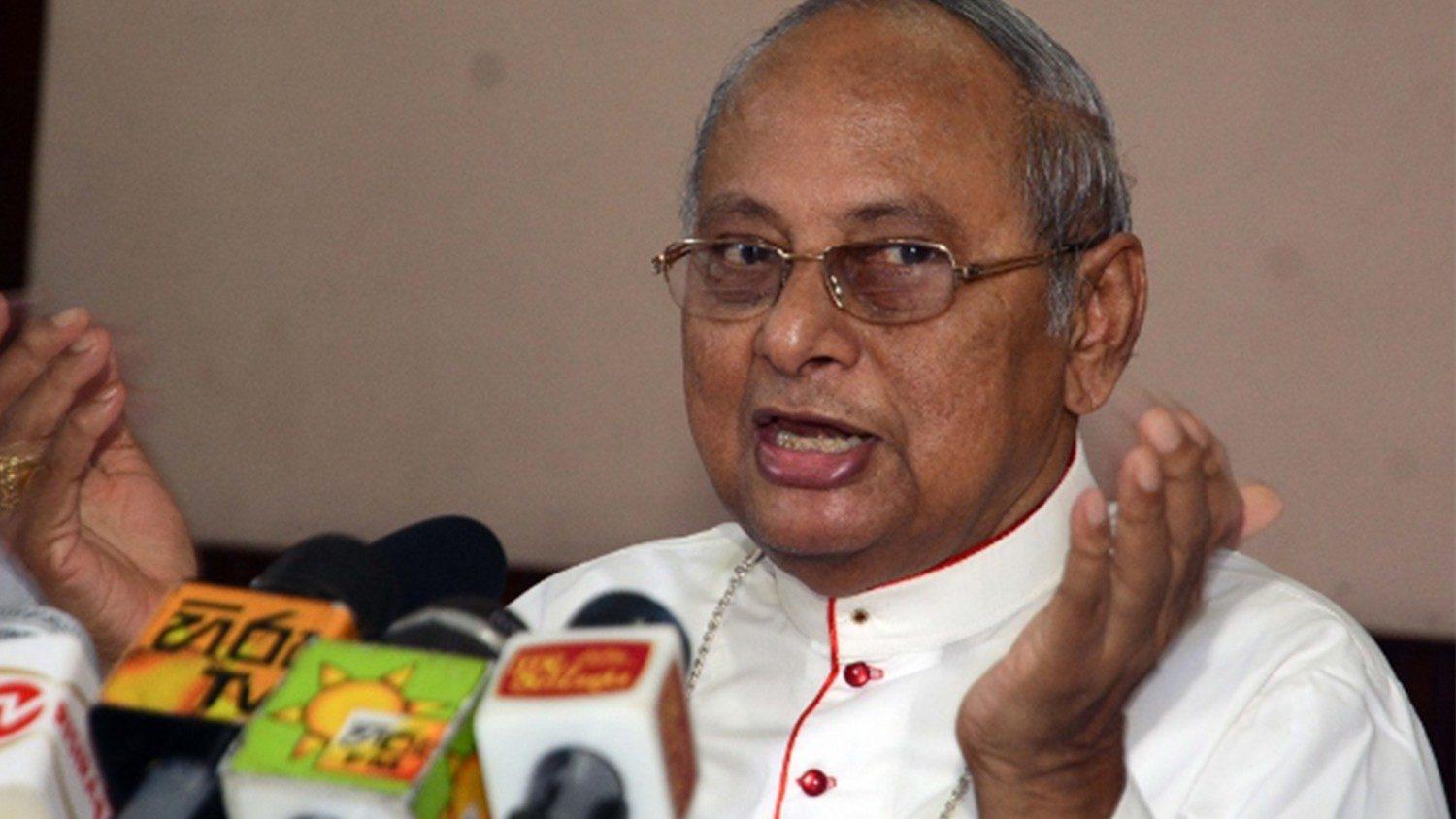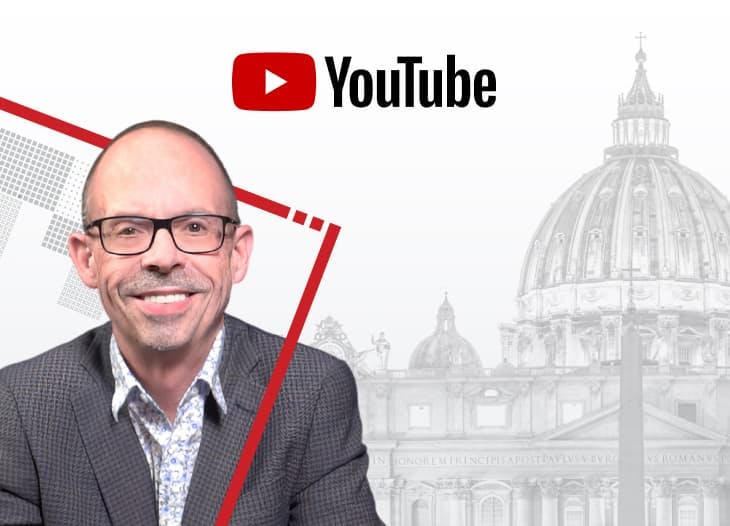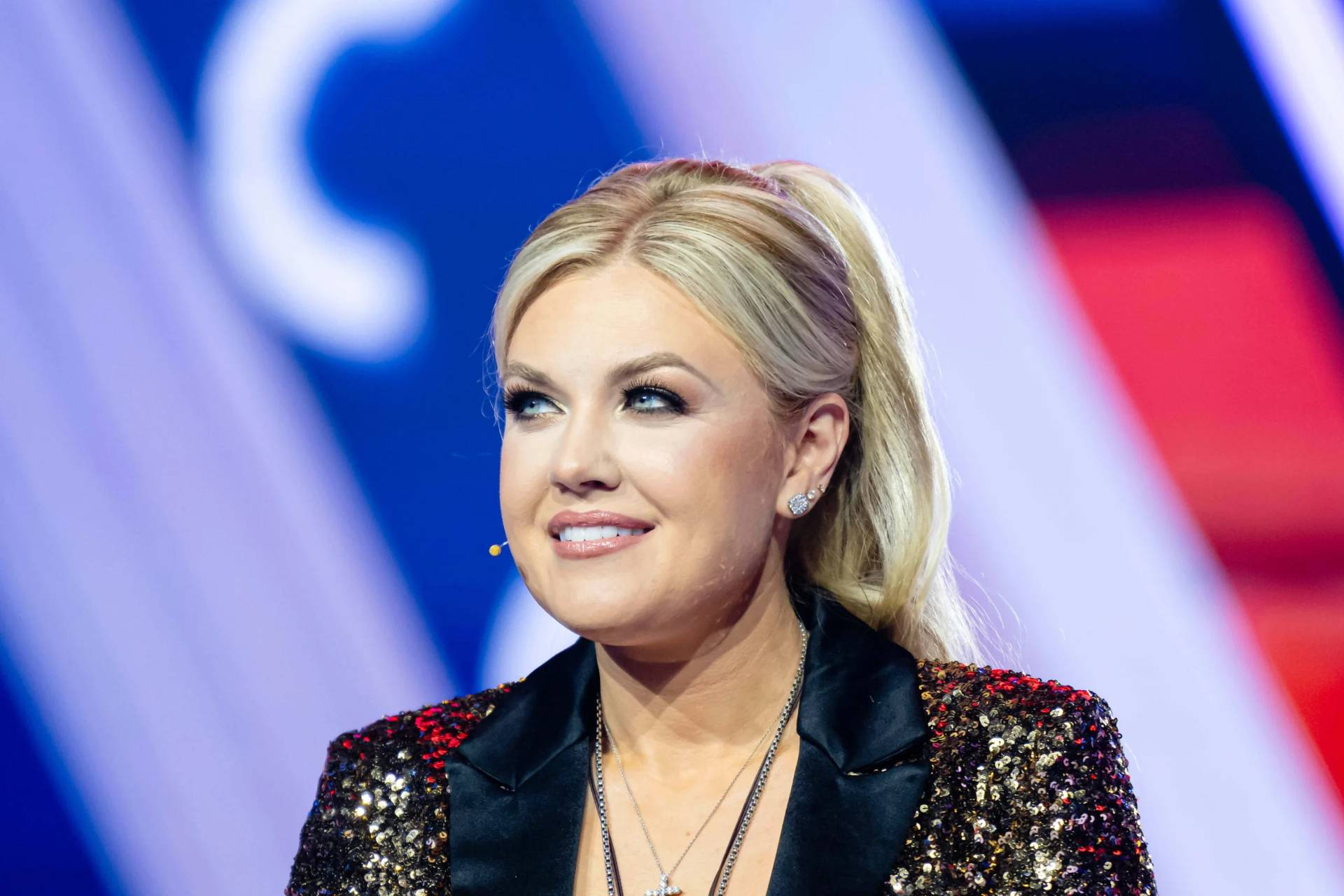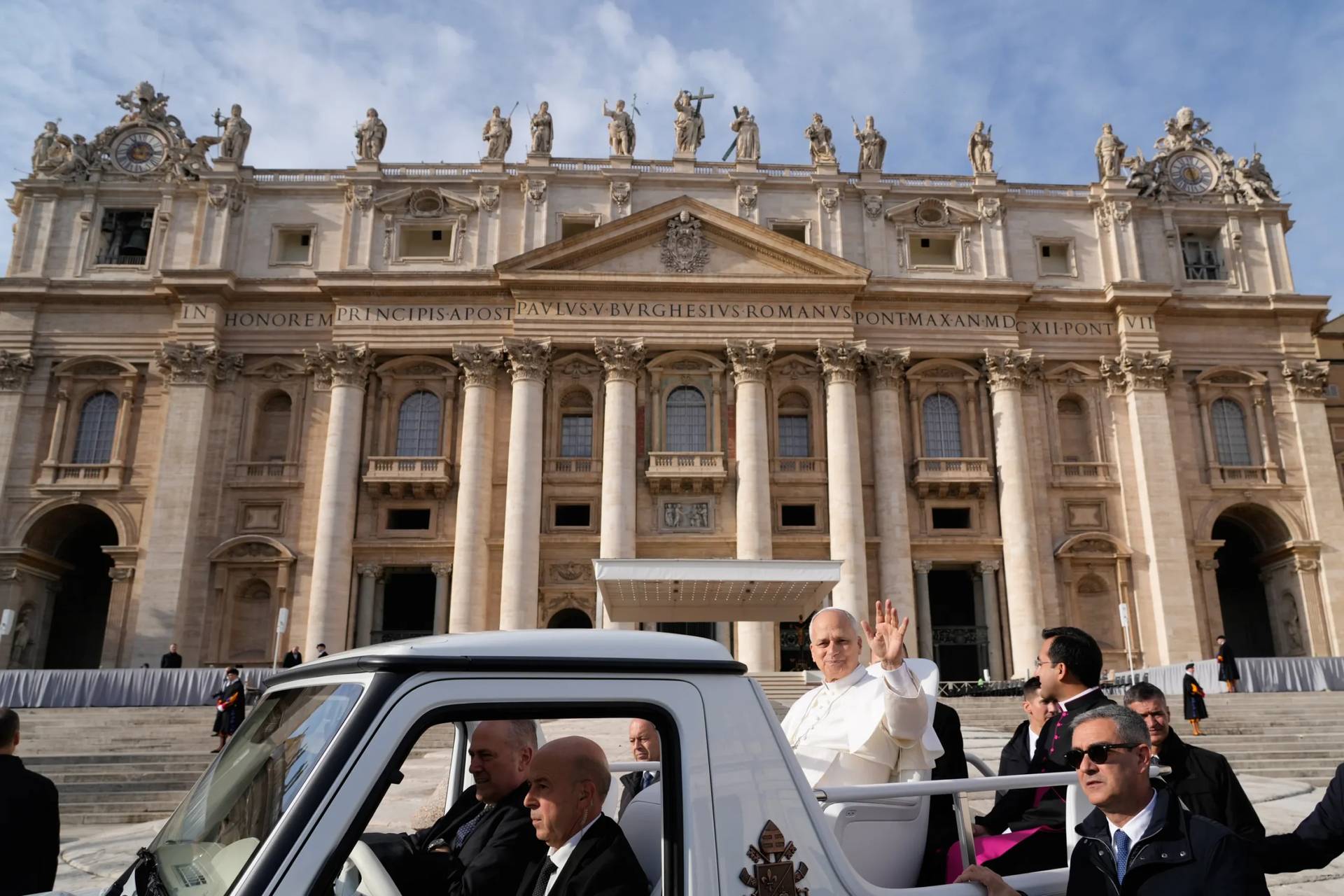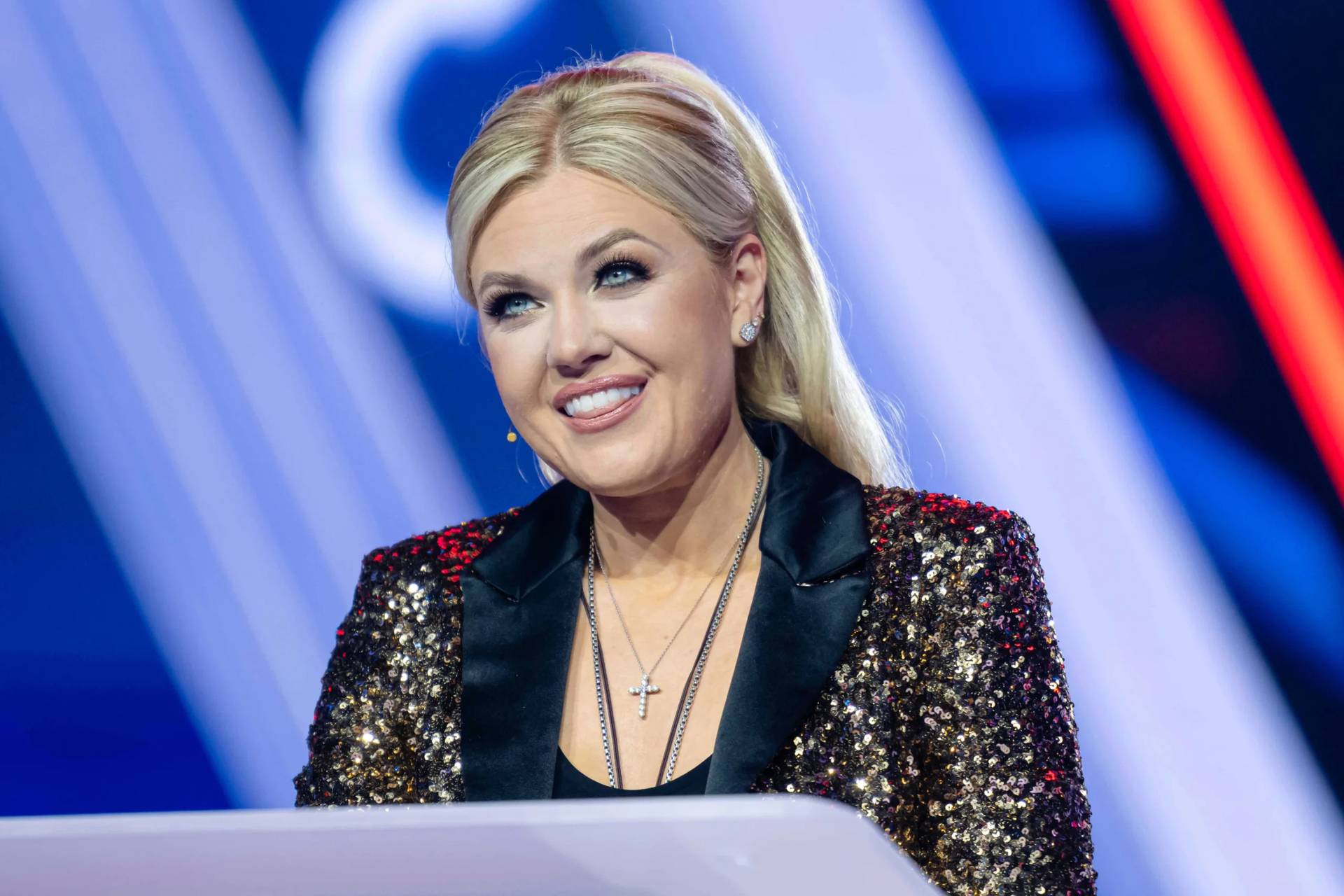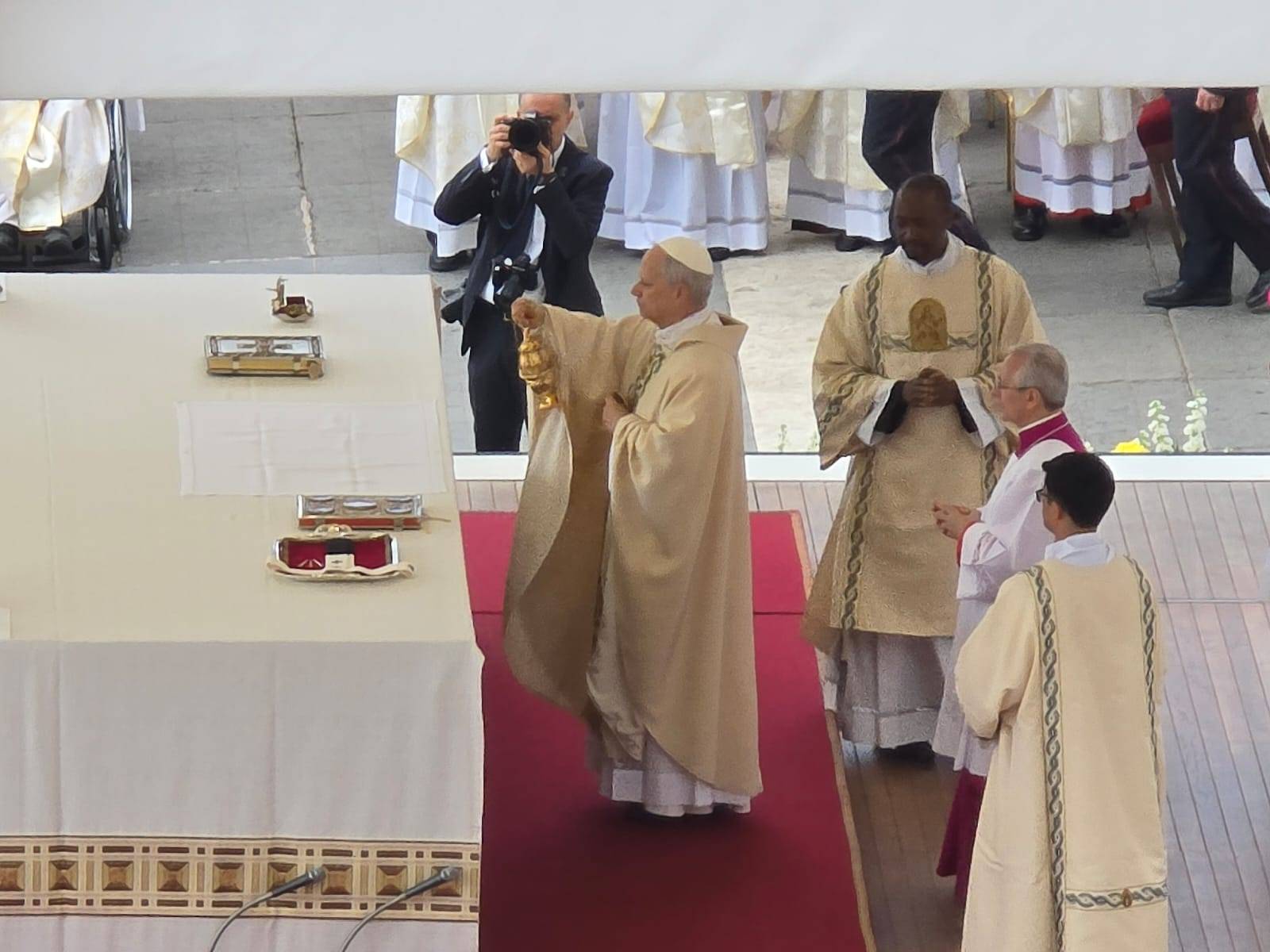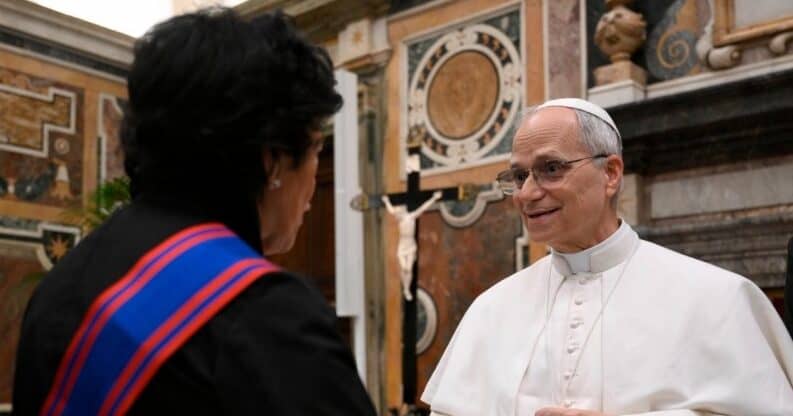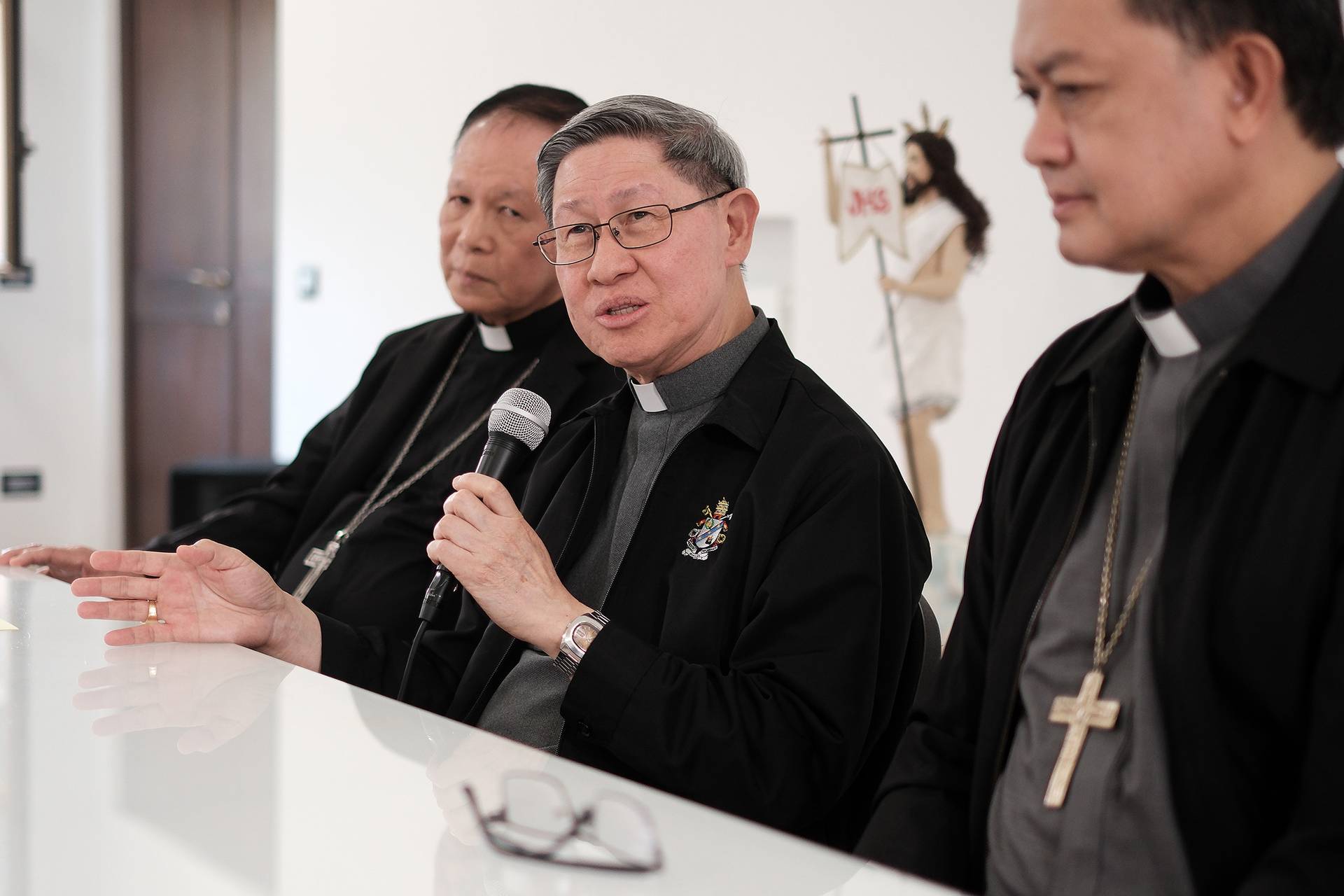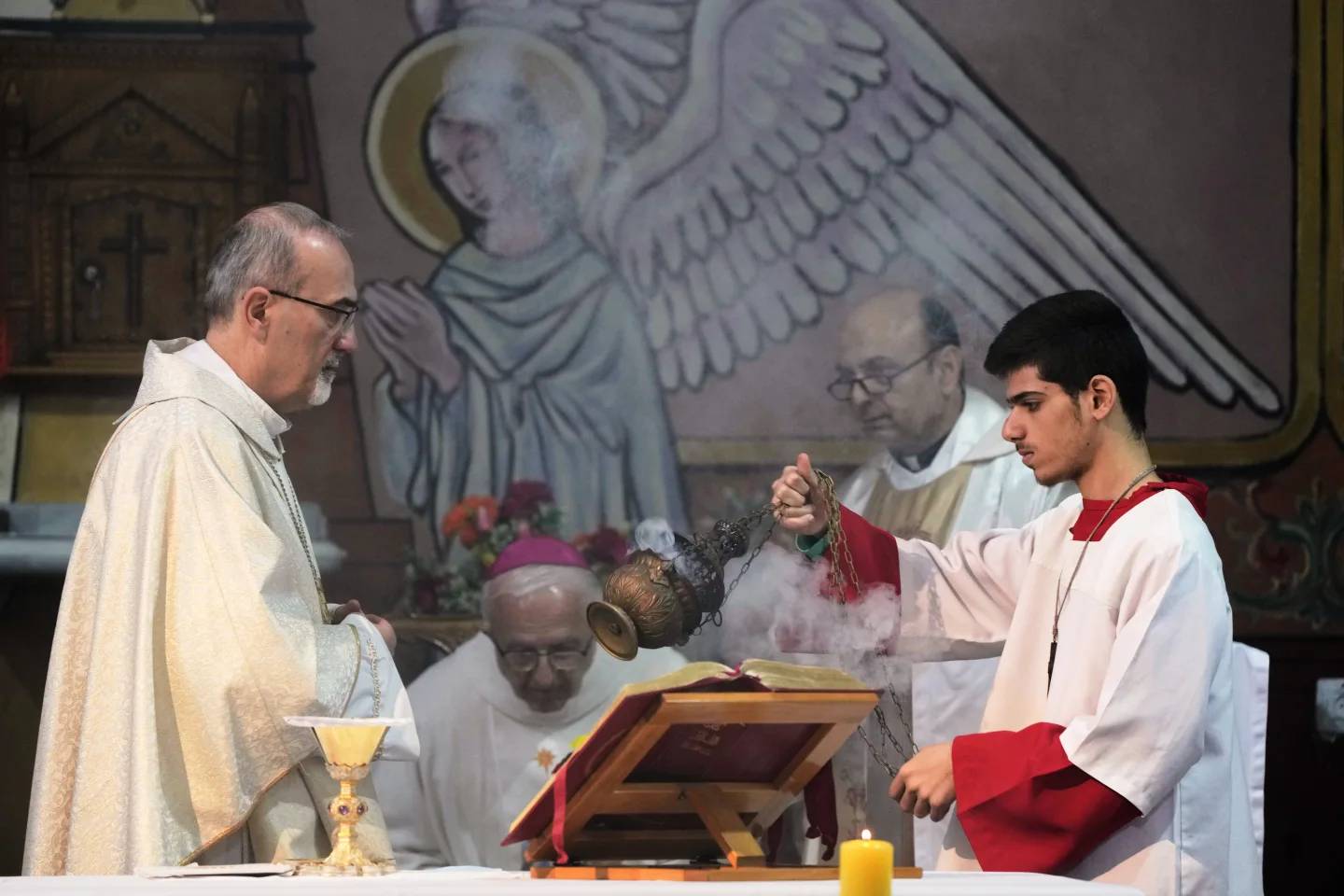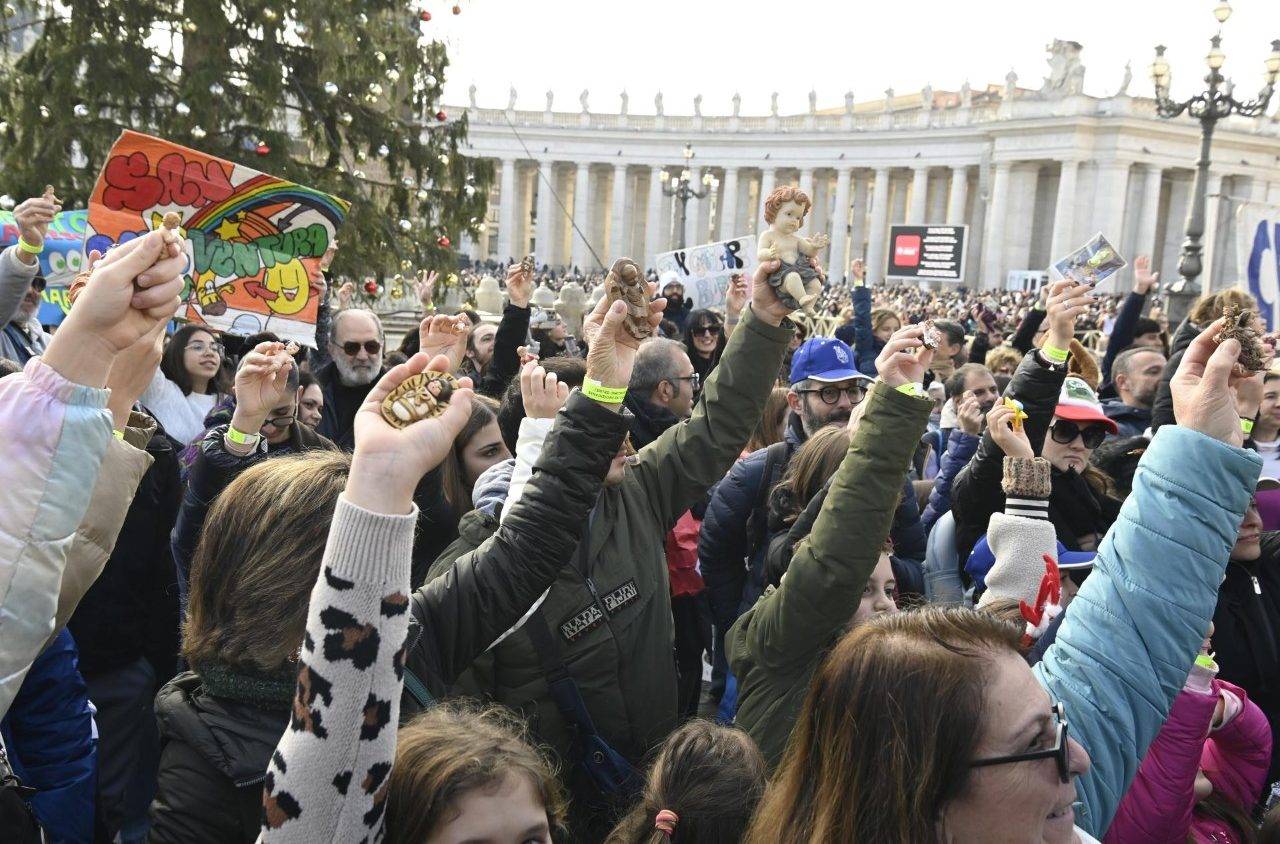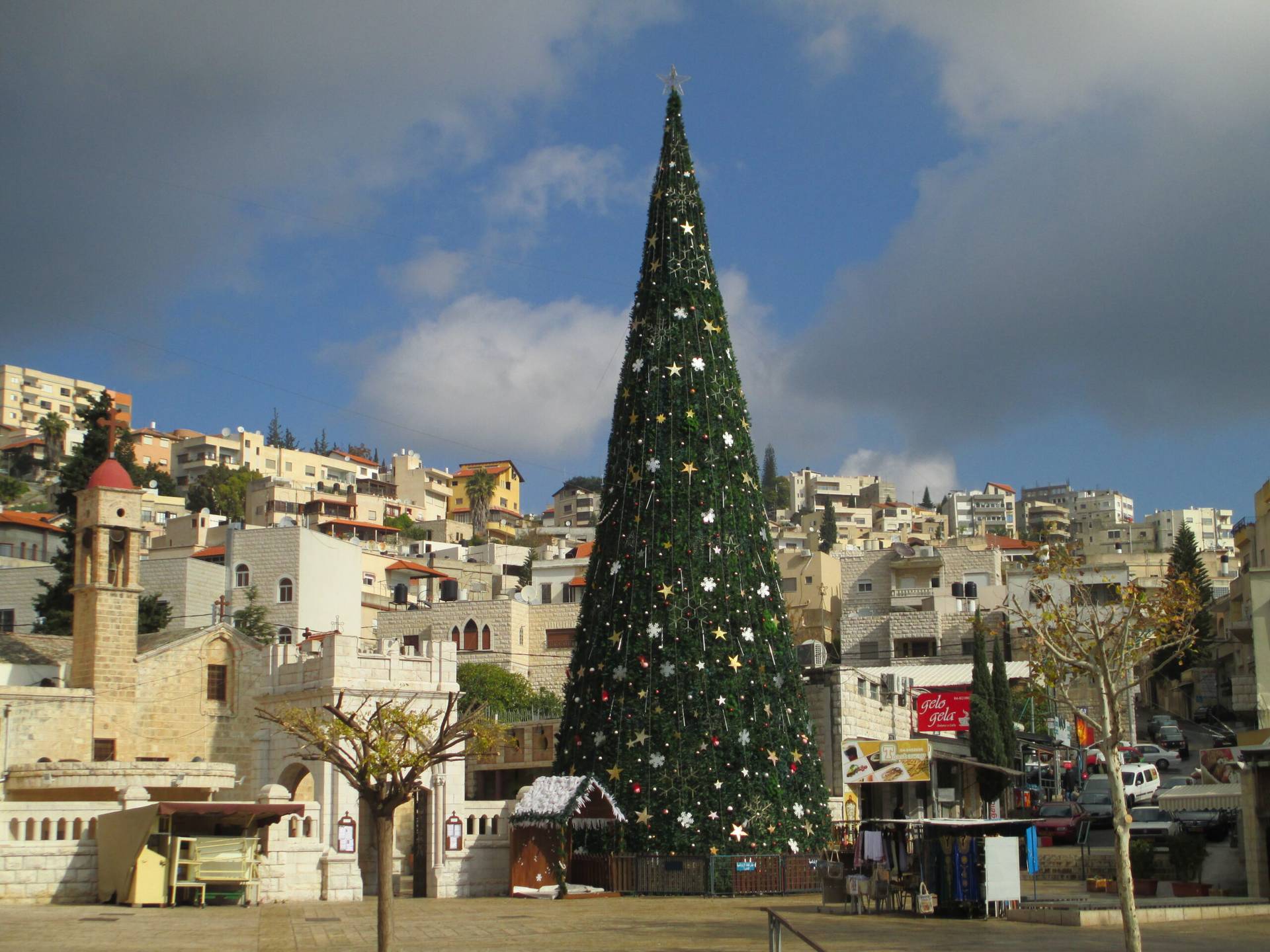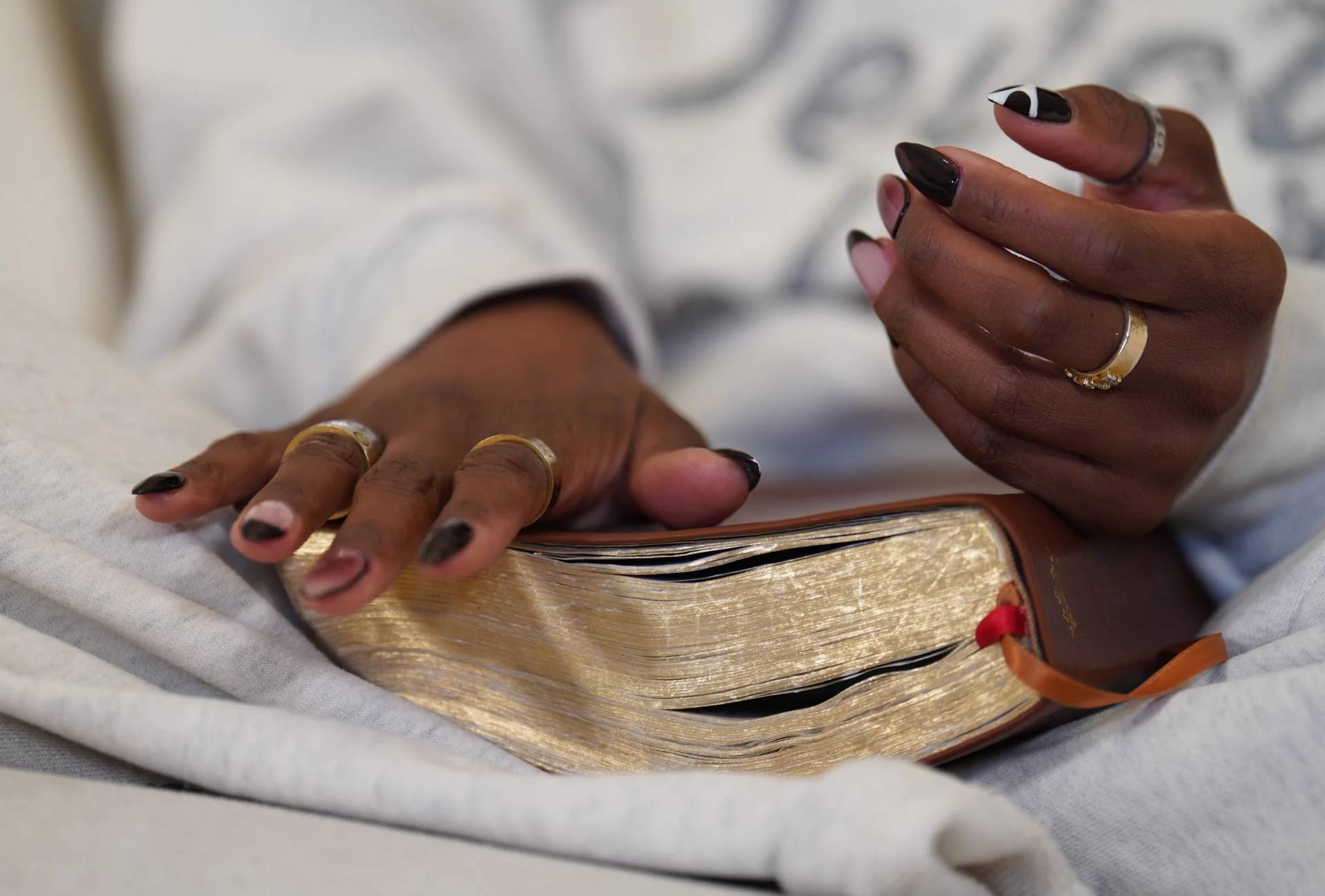Each day between now and the May 7 conclave to elect a successor to Pope Francis, John Allen is offering a profile of a different papabile, the Italian term for a man who could be pope. There’s no scientific way to identity these contenders; it’s mostly a matter of weighing reputations, positions held and influence wielded over the years. There’s also certainly no guarantee one of these candidates will emerge wearing white; as an old bit of Roman wisdom has it, “He who enters a conclave as a pope exits as a cardinal.” These are, however, the leading names drawing buzz in Rome right now, at least ensuring they will get a look. Knowing who these men are also suggests issues and qualities other cardinals see as desirable heading into the election.
ROME – In a conclave in which many cardinals don’t know one another, there’s probably a premium on familiarity – the better known and more established a given figure is, the greater the odds that others might see him as a viable candidate – if for no other reason, then simply on the basis of a “bird in the hand” sort of logic.
By that standard, Cardinal Malcolm Ranjith has to be considered a potential contender, if only by virtue of having been around. He’s been a cardinal for 15 years, a Vatican official before that, and got a look as a papal candidate 12 years ago during the run-up to the conclave that elected Francis.
Having kicked the ties on Ranjith once, it’s possible his fellow cardinals might be motivated to do so again.
With the formal name of Albert Malcolm Ranjith Patabendige Don, the future Prince of the Church was born in the small Sri Lankan town of Polgahawela in 1947 as the eldest of what would eventually be fourteen children. In a 2006 interview, he said his vocation was stirred by the example of a French missionary from the Oblates of Mary Immaculate who served in his parish.
After earning his undergraduate degree in theology from the Urbanian, Ranjith earned his licentiate at the prestigious Pontifical Biblical Institute in 1978, with a thesis centered on the Epistle to the Hebrews. (While there, he studied under two future Jesuit cardinals – Carlo Maria Martini and Albert Vanhoye.) Ranjith also did postdoctoral work at the Hebrew University in Jerusalem.
Marked out from the first as a rising star, in 1991 Ranjith became an auxiliary bishop of Colombo at the tender age of 43. In 1994, as a young bishop, Ranjith led a commission that denounced the theological work of Sri Lankan theologian Tissa Balasuriya, charging that he had questioned original sin and the divinity of Christ, as well as supporting women’s ordination. The resulting furor first brought Ranjith into contact with then-Cardinal Joseph Ratzinger, who backed his position.
Ranjith coordinated John Paul II’s January 1995 visit to Sri Lanka, and one can infer that he acquitted himself well from the fact that he was named the first bishop of Ratnapura nine months later.
Among other things, Ranjith has promoted inter-faith dialogue. Buddhism is Sri Lanka’s dominant religion, but the country also has significant pockets of Hindus and Muslims, while Christians make up roughly seven percent of the population of 20 million.
In 2001, Ranjith was brought to Rome to work at Propaganda Fidei and was simultaneously named president of the Pontifical Mission Societies, giving him a wide network of contacts across the developing world.
Ranjith was dispatched in 2004 as the papal ambassador to Indonesia and East Timor, becoming the first Sri Lankan to serve as a nuncio. It was an unusual move, since Ranjith was not a graduate of Rome’s Accademia Ecclesiastica and did not come out of the Vatican diplomatic corps. At the time, there were whispers that perhaps Ranjith had been “exiled” because he was seen as slightly too conservative for some prelates, either in the developing world or his superiors at Propaganda Fidei.
That cloud seemed to lift nine months later, when the new pope, Benedict XVI, called Ranjith back to Rome to serve as the number two official at the Congregation for Divine Worship.
Over the next four years, Ranjith became something of a bête noire for liturgical progressives. He criticized communion in the hand, saying it was not envisioned by the Second Vatican Council (1962-65) and became widespread only after its “illegitimate introduction” in some countries. When Benedict authorized wider celebration of the old Latin Mass in 2007, Ranjith openly blasted bishops who didn’t move quickly to implement it, accusing them of “disobedience … and even rebellion against the pope.”
During his various stints in Rome, Ranjith was dubbed il piccolo Ratzinger, or “the little Ratzinger,” both because of his short physical stature and also his close affinity for the positions of Ratzinger both before and after his election to the papacy.
Four years later he was moved out of Rome again, this time to become the Archbishop of Colombo. Some read this as a second exile on the basis that he was too close to the traditionalist wing of the Church. Others, however, argued that it was a genuine promotion, intended to give Ranjith pastoral seasoning as the head of the diocese and to set him up as Benedict’s point man across Asia.
He certainly didn’t waste time. Four months after arriving, Ranjith issued new liturgical rules for Colombo requiring that communion be received on the tongue and in a kneeling position, forbidding laity from preaching, and barring priests from bringing customs from other religions into Catholic worship.
In the years since, Ranjith has profiled as a staunch conservative on doctrinal matters and sexual morality, while also embracing the peace-and-justice elements of Catholic social teaching.
“Love for the liturgy and love for the poor, two true and proper treasures of the C
hurch, one might say, have been the compass of my life,” he said. Ranjith once added that although he’s not an “adherent,” he shares some of the values of the “no-global” movement protesting neo-liberal models of economic globalization. In 2015 he hosted Pope Francis on a successful trip to Sri Lanka, which came against the backdrop of a deep economic crisis and political instability.
Ranjith has been a strong voice for the victims of violence and persecution, including the survivors and families of the roughly 300 people who lost their lives in a coordinated series of terrorist attacks on Easter Sunday in 2019. He’s never been shy about wading into national politics; amid a deep financial and institutional crisis in 2022, he demanded that then-President Gotabaya Rajapaksa resign and new elections be called, which is precisely what happened.
The case for Ranjith as pope?
Most basically, he incarnates the ethos of Catholicism across much of the developing world: Strongly “progressive” on social justice issues such as poverty, climate change and migration, but staunchly “conservative” on doctrinal questions and matters of sexual morality. In that sense, he would be seen as representative of the “two-thirds” world which, these days, actually represents almost three-quarters of the global Catholic population of 1.3 billion.
Ranjith has extensive Vatican experience, so he wouldn’t require the same on-the-job training as a complete outsider. Given that everyone believes the next pope has to be a strong governor, capable, among other things, of addressing the Vatican’s dire financial situation, that’s a real asset.
In terms of the conventional handicapping categories, he passes with flying colors. For one thing, he’s said to be fluent in ten languages, obviously giving him the linguistic range to lead a global institution. At 77, he’s also right in the wheelhouse of the average age of the last two popes, who were 78 and 76 respectively at the time they were elected.
The case against?
Most basically, his stances might be seen as too far to the right for the comfort level of some electors. In addition, the likelihood that he might revive celebration of the older Latin Mass probably would be seen as a direct repudiation of Pope Francis’s legacy, which is an impression some cardinals may not wish to foster.
Some might also worry that Ranjith was twice sent packing from the Vatican. Whatever the actual motives, that history may suggest to some cardinals that he has a track record of ruffling feathers at a time when many are looking for a pope who can bring together diverse camps and mediate some of the Church’s internal tensions.
Finally, there may be a root sense in some quarters that Ranjith’s time has passed, that he had his shot twelve years ago and to consider him again now would represent a step back rather than forward. Whatever one makes of that assessment, it’s worth recalling that much the same thing could have been said for Cardinal Jorge Mario Bergoglio of Argentina in 2013, and we all know how that turned out.
